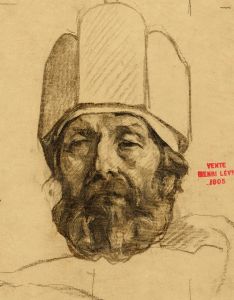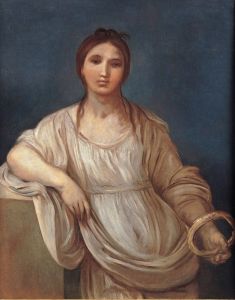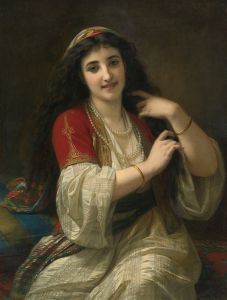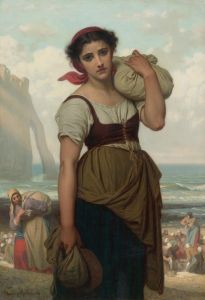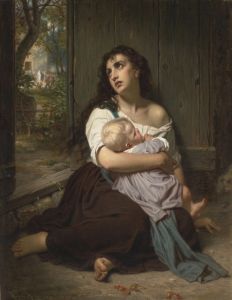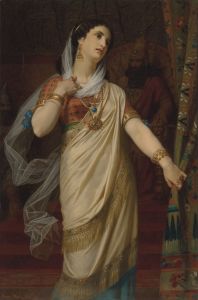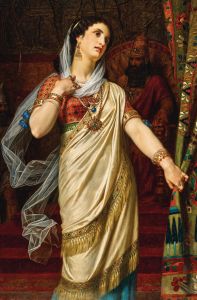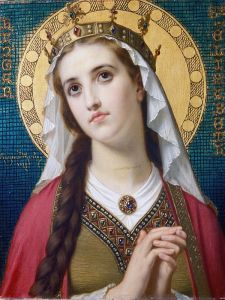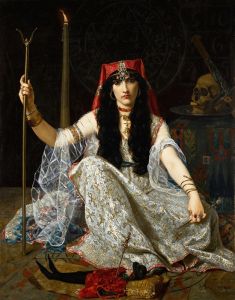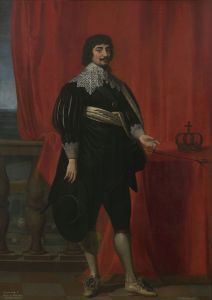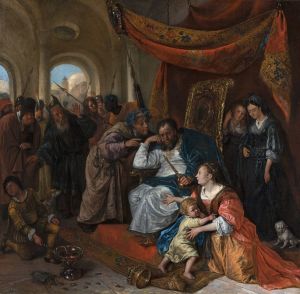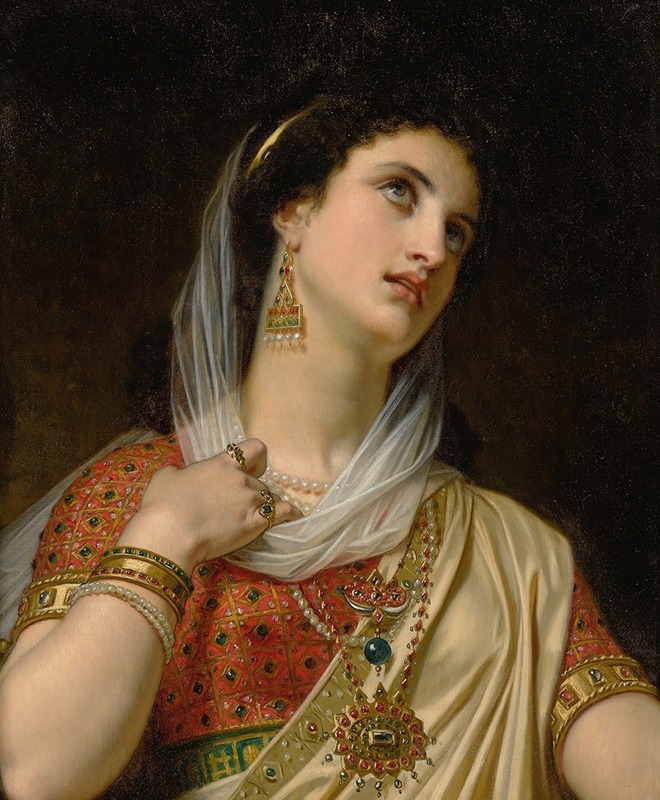
Queen Esther
A hand-painted replica of Hugues Merle’s masterpiece Queen Esther, meticulously crafted by professional artists to capture the true essence of the original. Each piece is created with museum-quality canvas and rare mineral pigments, carefully painted by experienced artists with delicate brushstrokes and rich, layered colors to perfectly recreate the texture of the original artwork. Unlike machine-printed reproductions, this hand-painted version brings the painting to life, infused with the artist’s emotions and skill in every stroke. Whether for personal collection or home decoration, it instantly elevates the artistic atmosphere of any space.
Hugues Merle's painting Queen Esther is a 19th-century artwork that depicts the biblical figure Esther, a central character in the Book of Esther from the Hebrew Bible. Esther is celebrated for her courage and wisdom in saving the Jewish people from persecution during her time as queen of Persia. Merle, a French academic painter, was known for his sentimental and narrative-driven works, often focusing on historical, biblical, and literary themes.
The painting portrays Esther in a moment of contemplation or prayer, emphasizing her piety and inner strength. She is often depicted in a regal setting, wearing elegant garments that reflect her royal status. Merle's use of soft, delicate brushwork and a muted color palette is characteristic of his style, which was influenced by the academic traditions of his time. The composition highlights Esther's grace and dignity, aligning with the 19th-century artistic focus on idealized representations of historical and religious figures.
Hugues Merle (1823–1881) was a contemporary of William-Adolphe Bouguereau and is sometimes compared to him due to their similar artistic approaches. Merle gained recognition for his ability to convey emotion and narrative through his paintings, and his works were well-received during his lifetime. He exhibited regularly at the Paris Salon, where his paintings were praised for their technical skill and emotional resonance.
The exact date of Queen Esther's creation is not widely documented, but it is consistent with Merle's body of work, which often explored themes of virtue, morality, and human emotion. The painting is an example of the 19th-century European fascination with biblical stories, which were frequently used as subjects to convey moral and spiritual lessons.
As of now, the current location of Queen Esther is not definitively recorded in public sources, and further details about its provenance or exhibition history remain limited. However, the painting continues to be recognized as a significant example of Merle's contribution to 19th-century academic art and his interpretation of biblical narratives.
This artwork reflects the broader cultural and artistic trends of its time, where biblical and historical subjects were used to inspire and educate viewers, often emphasizing themes of heroism, virtue, and faith.






